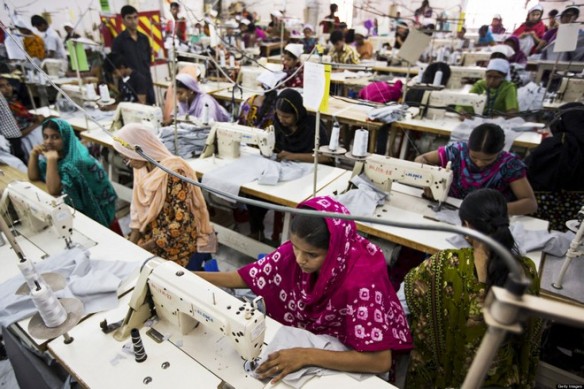Deadline: 23-Nov-2017 at 11:59:59 PM (Eastern Time – Washington D.C.)
Objective: The Global Financing Facility in Support of Every Woman Every Child (GFF) was launched at the Financing for Development Conference in Addis Ababa in July 2015 as part of a global conversation about how to finance the SDGs. The vision of the GFF is to end preventable maternal, newborn, child and adolescent deaths and improve the health and quality of life of women, adolescents and children. The mission of the GFF is to build a new model for development financing for the SDG era, bringing together multiple sources of financing in a synergistic, country-led way that closes the gap in funding for reproductive, maternal, newborn, child, and adolescent health and nutrition by 2030. The GFF uses modest amounts of grant resources catalytically, bringing programs to scale by leveraging far greater sums of domestic resources, financing from the International Development Association (IDA) and the International Bank of Reconstruction and Development (IBRD), aligned external resources, and resources from the private sector. Additionally, the GFF approach emphasizes smart financing, getting more value for money from each of these by improving efficiency. A multi-donor trust fund the GFF Trust Fund has been established at the World Bank Group to be a catalyst for this process. To date, 16 countries have been supported by the GFF Trust Fund, out of a total of 67 that are eligible for financing. More information is available at http://www.globalfinancingfacility.org.



 centivize states to improve the coverage and quality of maternal and child health services.
centivize states to improve the coverage and quality of maternal and child health services.
You must be logged in to post a comment.